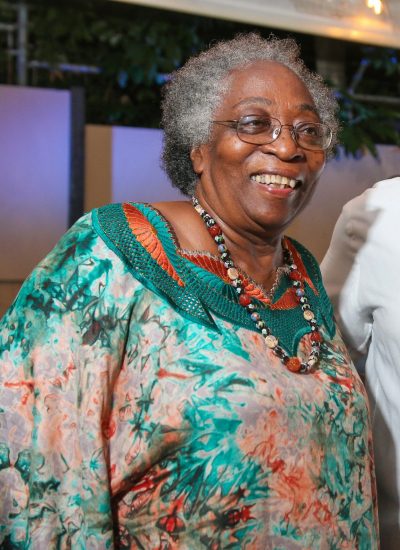As we approach the 100th anniversary of the year when women were first admitted to the Institute of Actuaries of the UK, I thought it would be interesting to reflect on some of female pioneers of the profession.
The honour of being the first female actuary is usually ascribed to Lucy Jane Wright who was appointed actuary of Union Mutual Life in Boston in 1866 before unfortunately passing away of tuberculosis seven months later. She was reported however to have quite a lively personality “she was no solemn young mathematical prodigy …but .. a born mimic and master of impersonations, a talented artist and amateur playwright”[1]. She wasn’t the only one in her family to develop diverse interests, her father, who had encouraged her in actuarial pursuits, played a leading role in the abolition of slavery.
In 1895 Emma Cushman was the first female Fellow of the Actuarial Society of America. The first woman to complete the Institute exams in the UK was Dorothy Davis who qualified in 1923.
But before the Societies were formed and actuarial science became a recognised profession, there were women carrying out technical analytical work. Ada Lovelace, the daughter of Lord Byron, worked with Charles Babbage on the development of his ‘analytical engine’, and specified a method for using the engine to calculate Bernouli numbers, recognised as the world’s first computer program. During her work on translating an article on Babbage’s analytical engine from French into English, she added her own thoughts and ideas and (amongst other forward thinking concepts) theorised a method for the engine to repeat a series of instructions thereby creating ‘looping’. Ada had an unusual upbringing for an aristocratic girl in the mid-1800s, her mother insisted that she was taught mathematics and science, believing that engaging in rigorous studies would prevent her from developing her father’s “moody and unpredictable temperament”[2].




Leave A Comment